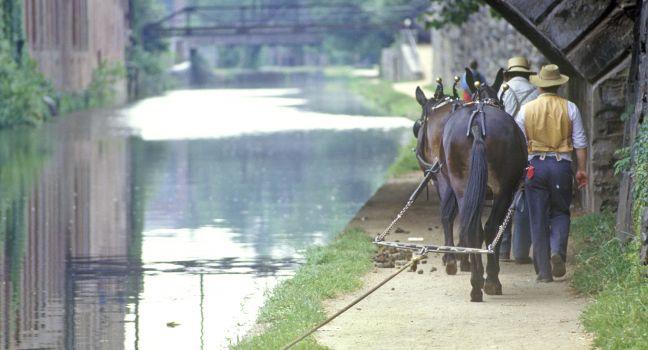Dumbarton Oaks
Career diplomat Robert Woods Bliss and his wife, Mildred, bought the property in 1920 and tamed the sprawling grounds into 10 acres of splendid gardens designed by Beatrix Farrand. In 1940, the Blisses gave the estate to Harvard University as a study center, library, museum, and garden. The museum holds a small but world-renowned collection of Byzantine and pre-Columbian art, reflecting the enormous skill and creativity developed at roughly the same time in two very different parts of the world. The Byzantine collection includes beautiful examples of both religious and secular items executed in mosaic, metal, enamel, stone, textile, and ivory. Pre-Columbian works—artifacts and textiles from Mexico and Central and South America by peoples such as the Aztec, Maya, Inca, and Olmec—are arranged in an enclosed glass pavilion. Especially beautiful in the spring but worth visiting in any season, the gardens feature an orangery and a green terrace filled with iron furniture emblazoned with astrological motifs.




